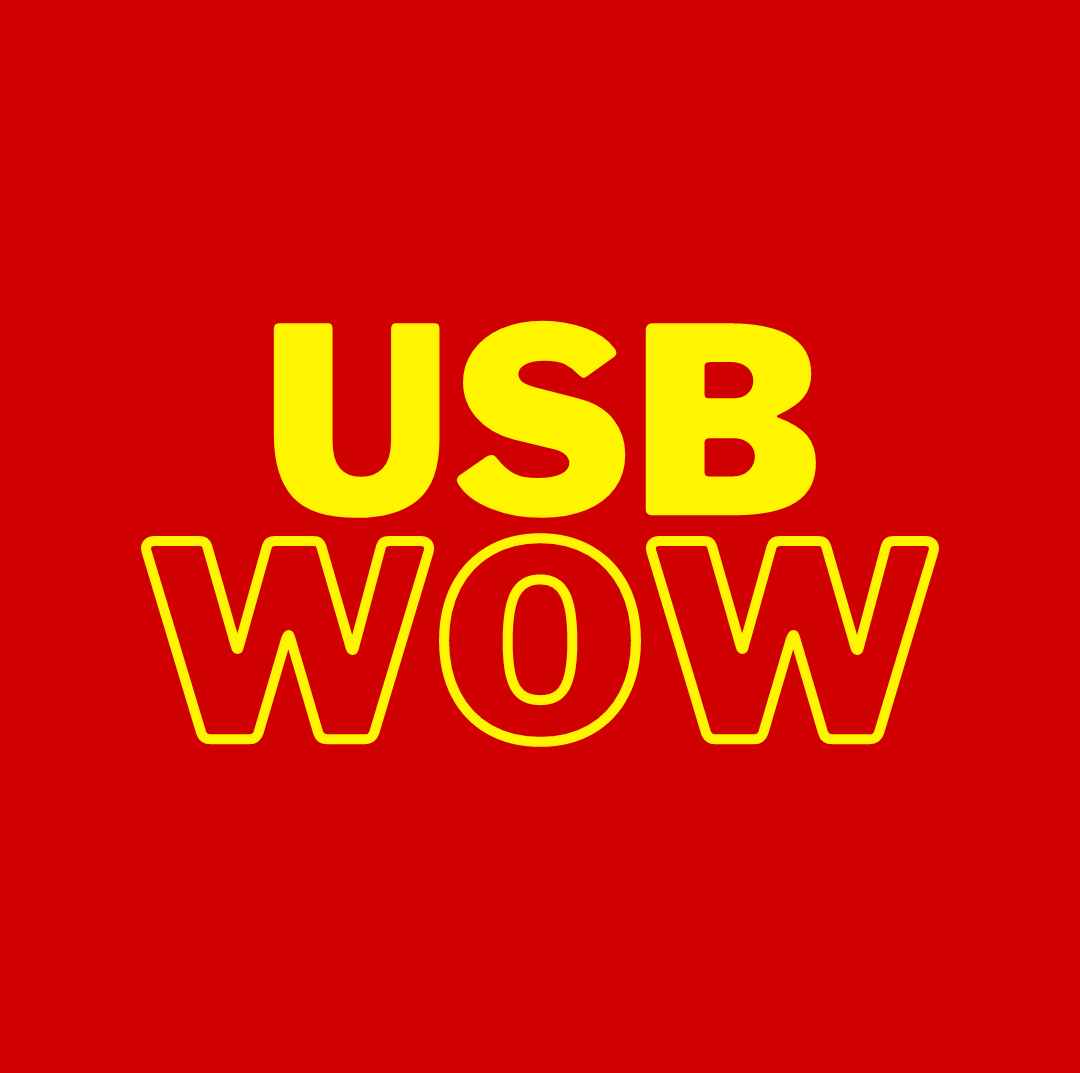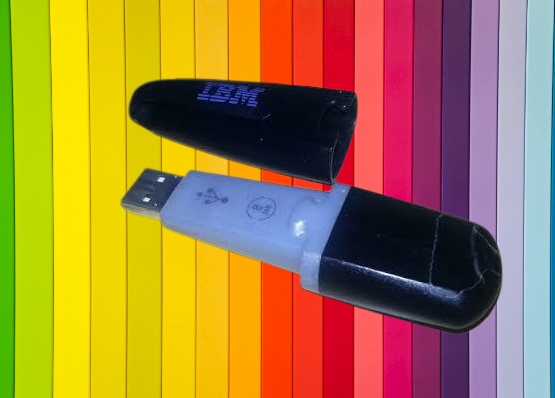USB sticks, thumb drives, pen drives, jump drives, memory sticks and USB flash drives. Whatever you call yours, they’ve been around since late 2000.
It’s not clear cut as to who invented the USB memory stick as several companies and engineers seem to have been working on it all around the same time in 1999/2000.
The patent for a “Universal Serial Bus-Based PC Flash Disk” was filed in April 1999 and granted in November 2000 to a company called M-Systems Ltd in Israel.
However, also in 1999 an IBM engineer, Shimon Shmueli, submitted an invention disclosure (a formal document that provides a detailed account of a new invention, including its development, potential applications, and commercial viability) asserting that he had invented the USB flash drive.
A company in Singapore, Trek 2000 international, claim to have sold the first ever USB stick and maintain that they are the original inventor. They called the device a thumbdrive and won the trademark for it 10 years later.
But others recognise a Malaysian engineer, Pua Khein-Seng, as the original inventor of the USB stick.
The history of the USB stick
When the first USB stick hit the stores in the year 2000 (Millenium bug anyone?), it could only hold about 8 megabytes of data, which is equivalent to just a few photos or songs.
It was called the DiskOnKey, and it was created by an Israeli company called M-Systems (Which later merged with SanDisk) in 1999. The DiskOnKey could hold 8 megabytes of data, and it was designed to be small and portable so that users could easily carry it around with them.
The first Diskonkey retailed at $50, the equivalent of $90 today. That’ll get you a 5Tb external hard drive today.
Today, USB sticks can hold anywhere from 4 gigabytes to 1 terabyte of data, which is enough to store thousands of photos, videos, and documents.
Has there ever been a USB drive that didn’t use a USB-A connector?
While the vast majority of USB drives on the market use the USB-A connector, there have been other types of USB connectors used for flash drives in the past.
One example of a non-USB-A connector for USB drives is the USB-B connector. This connector was commonly used on early external hard drives and printers, but it was never very popular for USB flash drives.
The USB-B connector is larger than the USB-A connector and has a squarish shape with beveled corners, making it less convenient for use on a portable device like a flash drive.
Another example is the micro-USB connector, which was widely used on smartphones and other mobile devices before being largely replaced by the newer USB-C connector.
Micro-USB flash drives were available for a time and could be used to transfer files between mobile devices and computers. However, these drives were not as popular as traditional USB-A flash drives because they were often slower and had lower storage capacities.
It’s also worth noting that there are other types of USB drives that don’t use any connector at all. Wireless USB drives, for example, use a built-in Wi-Fi or Bluetooth connection to transfer files between devices.
These drives don’t require a physical connector and can be more convenient for transferring files between devices that don’t have USB ports or when you don’t want to carry a physical drive with you.
How did USB flash drives change the way we store and transfer data?
USB flash drives have had a significant impact on the way we store and transfer data. Here are some ways in which they have changed the game:
- Portability: Before USB flash drives, most data storage devices were relatively bulky and had to be connected to a computer using cables. USB flash drives, on the other hand, are small enough to fit in your pocket and can be easily carried around. This makes it much more convenient to transfer data between computers, or to back up important files and documents.
- Convenience: With a USB flash drive, you don’t need any special software or hardware to use it. You simply plug it into a USB port on your computer and you can start transferring files. This makes it much easier to share files with friends, family, or colleagues, without having to worry about compatibility issues or complicated setup processes.
- Speed: USB flash drives are much faster than older storage technologies, such as floppy disks or CDs. This means that you can transfer large files, such as videos or high-resolution photos, much more quickly than you could before.
- Capacity: The capacity of USB flash drives has increased dramatically over the years, from just a few megabytes to terabytes of storage. This means that you can now store entire libraries of music, movies, or other digital media on a single USB flash drive, making it a very versatile and practical storage solution.
- Durability: USB flash drives are also much more durable than older storage technologies. Unlike floppy disks or CDs, which can easily get scratched or damaged, USB flash drives are made of solid-state memory and have no moving parts. This makes them less likely to break or fail, even if they are dropped or exposed to extreme temperatures or humidity. Use them long enough though and they do wear out eventually. (Do USB drives wear out?)
Will USB flash drives become obsolete in the future?
It’s hard to predict the future of technology, but it seems unlikely that USB flash drives will become completely obsolete anytime soon.
While there are now many alternatives for storing and transferring data, such as cloud storage or wireless transfers, USB flash drives still have a number of advantages that make them useful in many situations.
For example, USB flash drives are still one of the most convenient and portable ways to store and transfer data. They are small, lightweight, and don’t require an internet connection to use. This makes them ideal for situations where you need to transfer files quickly and easily, such as in a classroom or a business meeting.
In addition, USB flash drives are still very affordable, especially when compared to cloud storage solutions or other types of data storage devices. This makes them accessible to a wide range of users, from students to professionals.
Another advantage of USB flash drives is their security. Unlike cloud storage or wireless transfers, USB flash drives don’t require an internet connection, having this air gap means that the data stored on them is less vulnerable to hacking or other types of cyber attacks.
That being said, there are certainly new technologies emerging that could eventually replace USB flash drives. For example, there are now USB-C flash drives that offer faster transfer speeds and greater capacity than traditional USB-A flash drives. There are also wireless storage solutions that eliminate the need for a physical drive altogether.

